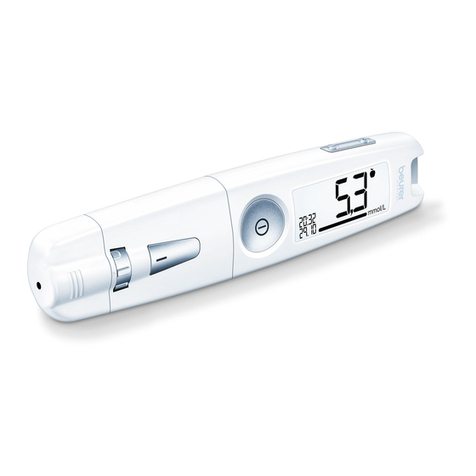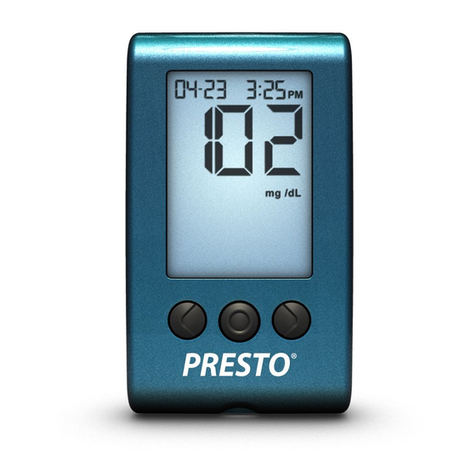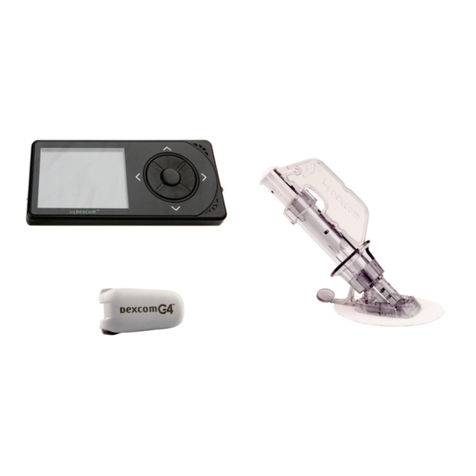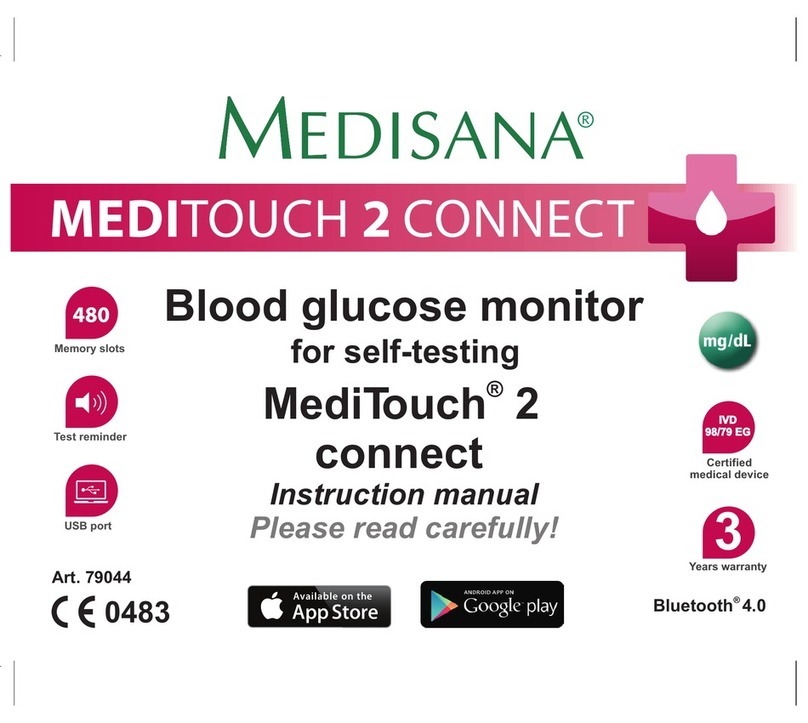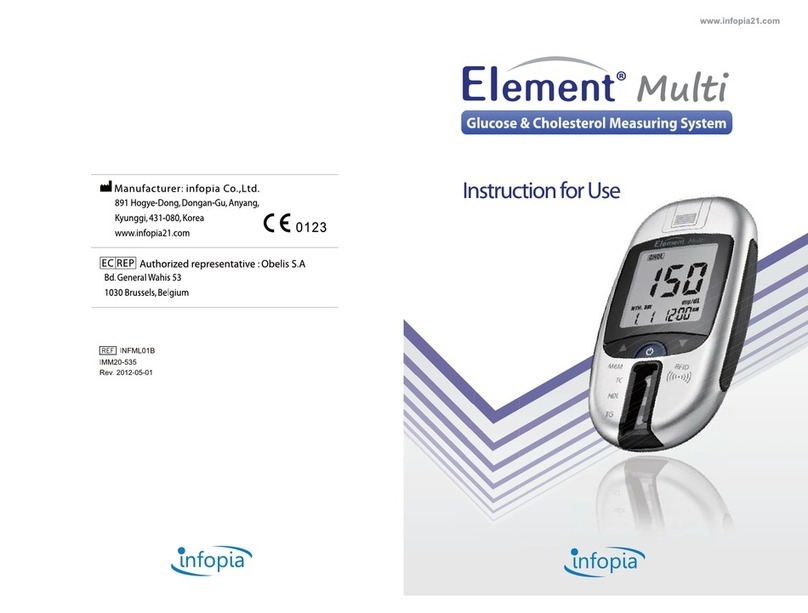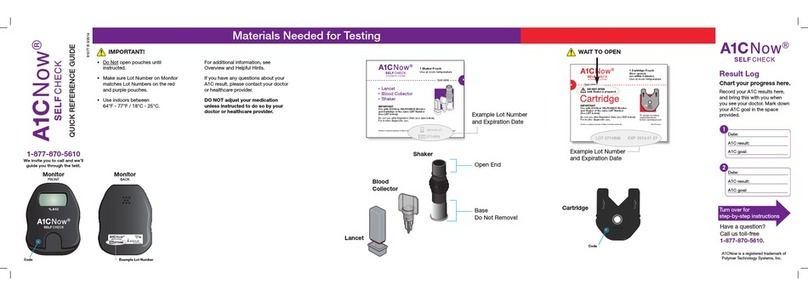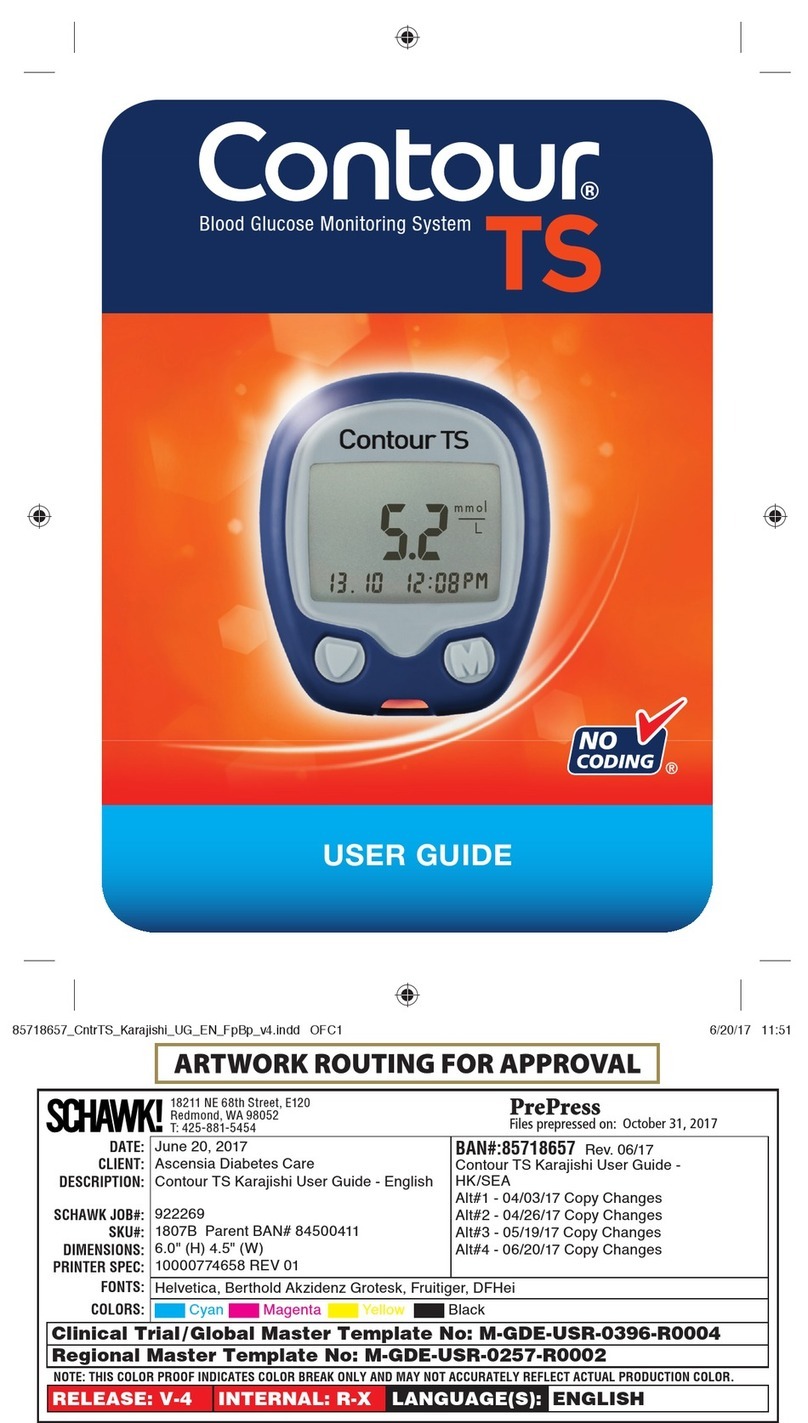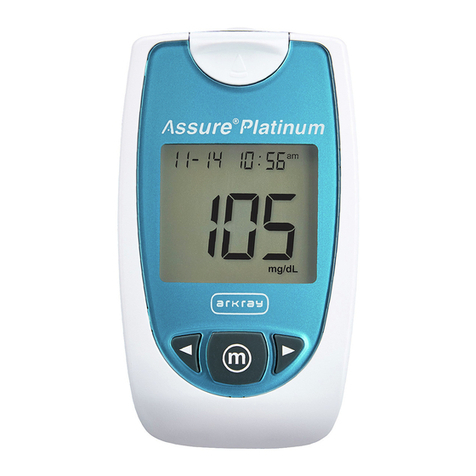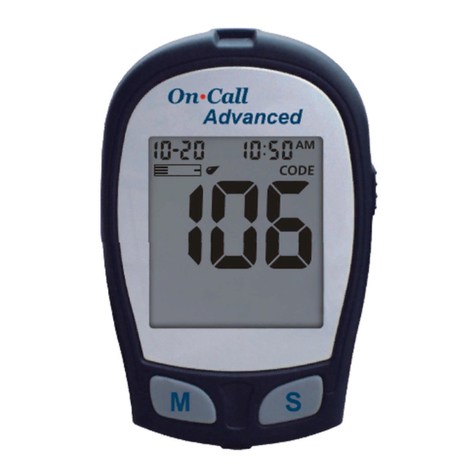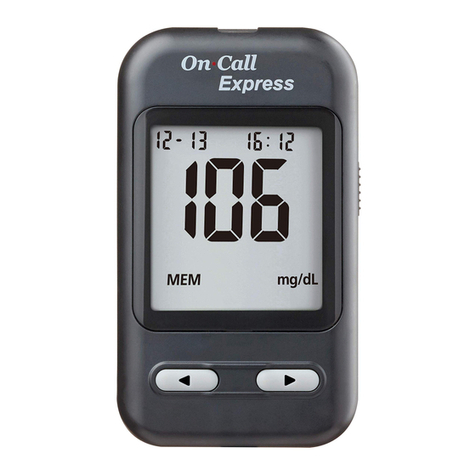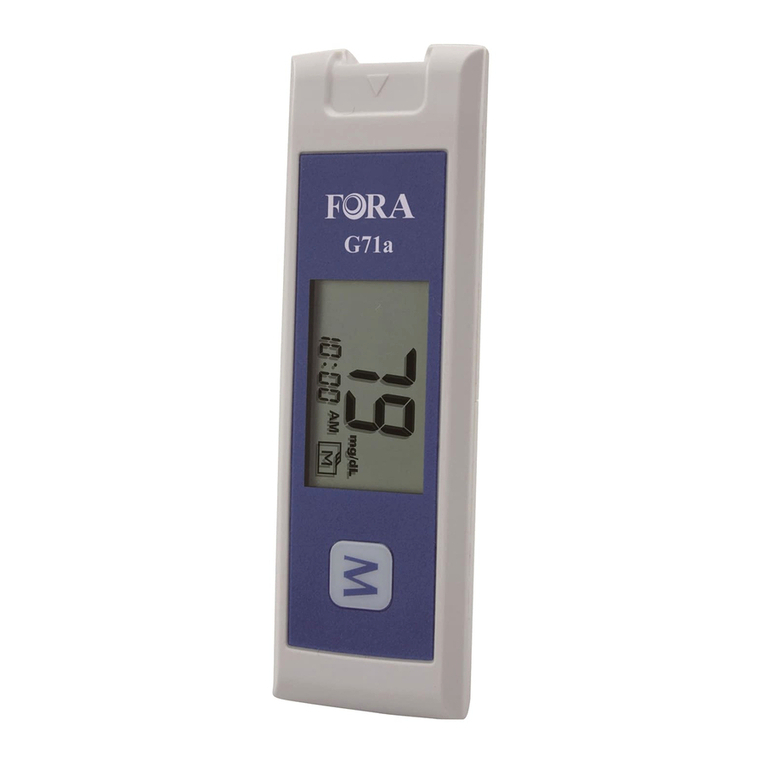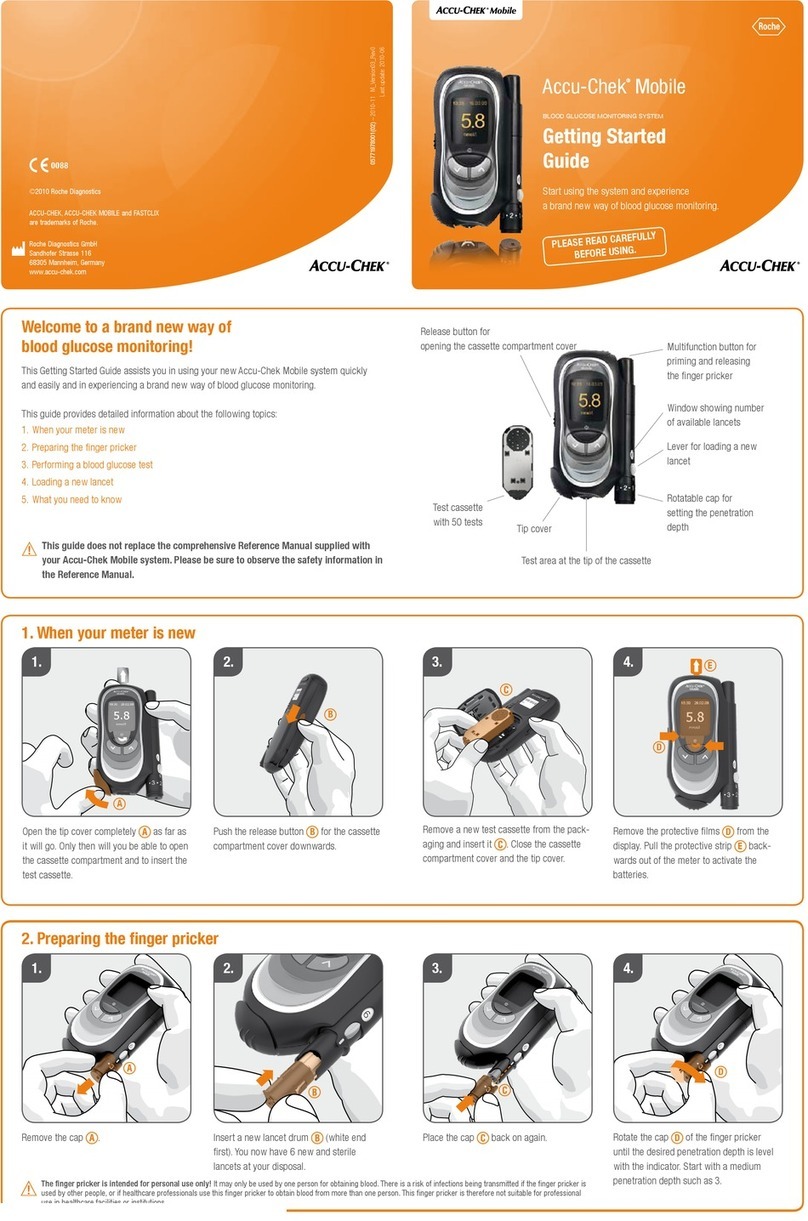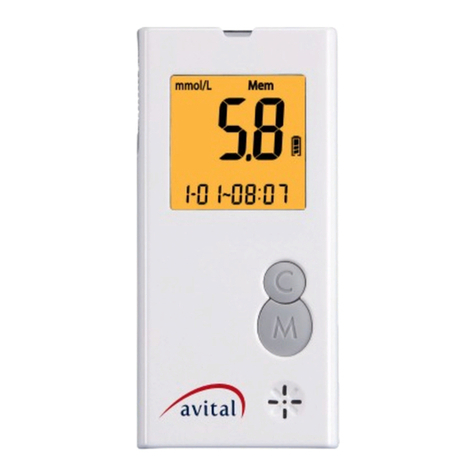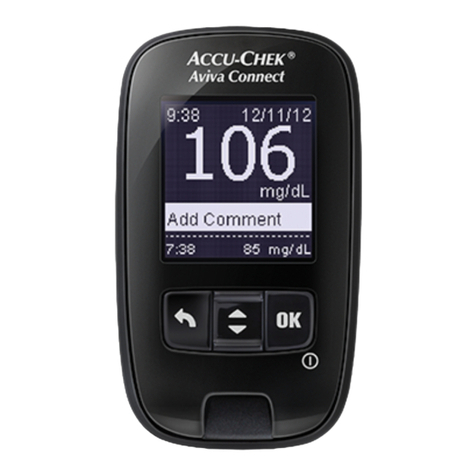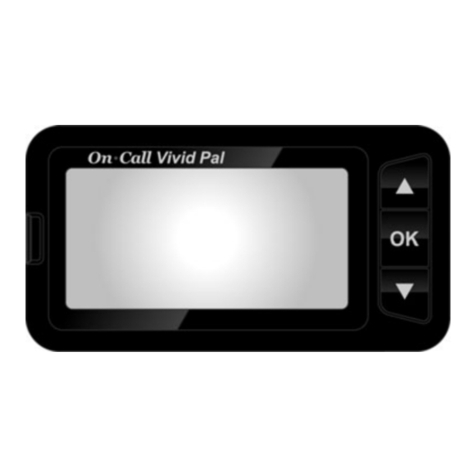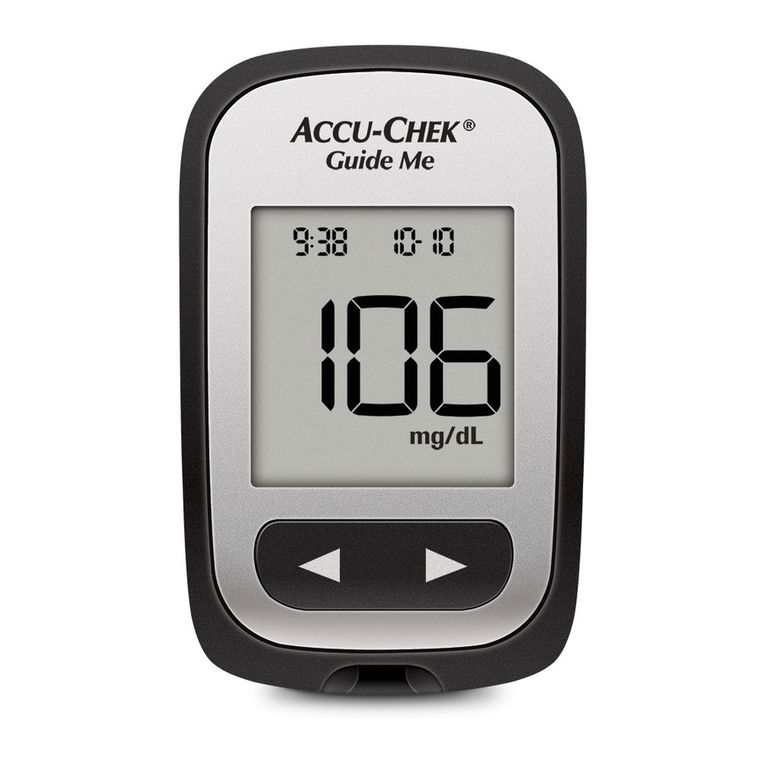Abbott FreeStyle Libre 2 Specification sheet
Other Abbott Blood Glucose Meter manuals

Abbott
Abbott FreeStyle Libre 3 User manual
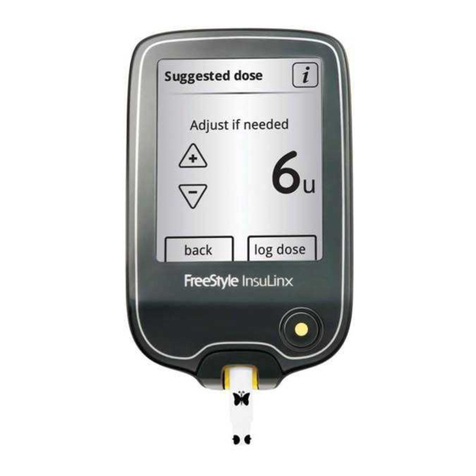
Abbott
Abbott FreeStyle InsuLinx User manual
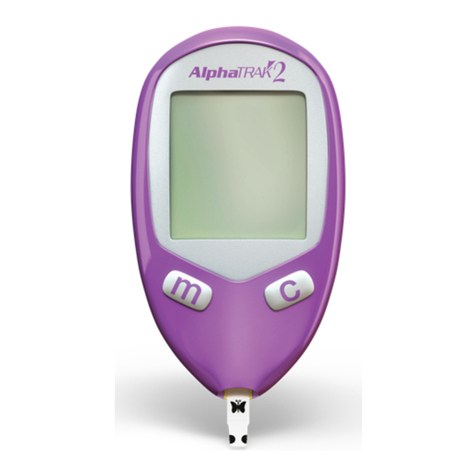
Abbott
Abbott AlphaTRAK 2 Instruction manual

Abbott
Abbott FreeStyle Navigator User manual

Abbott
Abbott FreeStyle Libre 2 User manual

Abbott
Abbott FreeStyle Freedom Lite User manual

Abbott
Abbott Precision Xceed Pro User manual

Abbott
Abbott FreeStyle Flash User manual
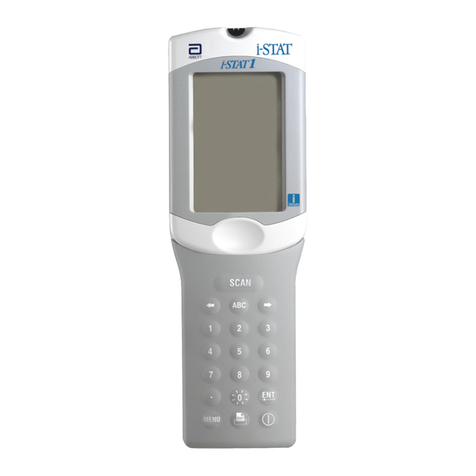
Abbott
Abbott i-STAT 1 User guide
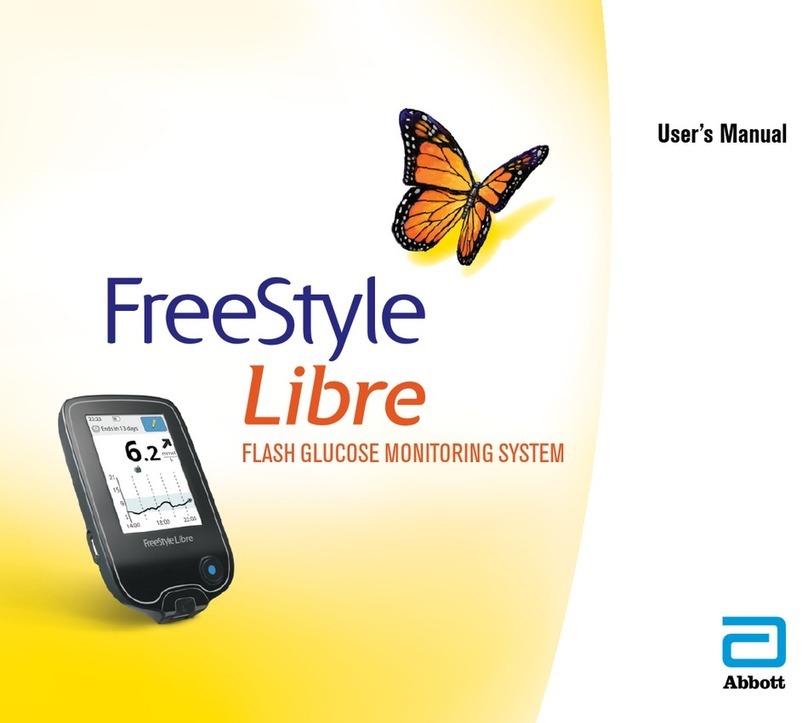
Abbott
Abbott FreeStyle Libre User manual

Abbott
Abbott FreeStyle Precision H User manual
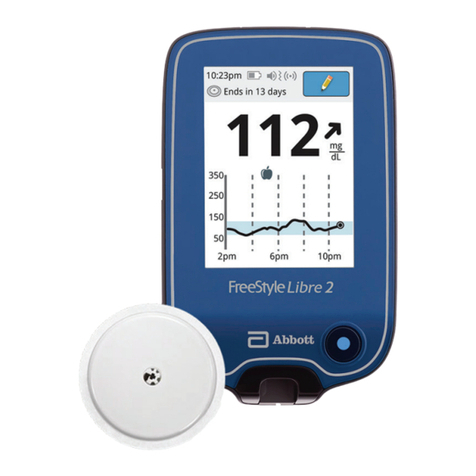
Abbott
Abbott FreeStyle Libre 2 User manual
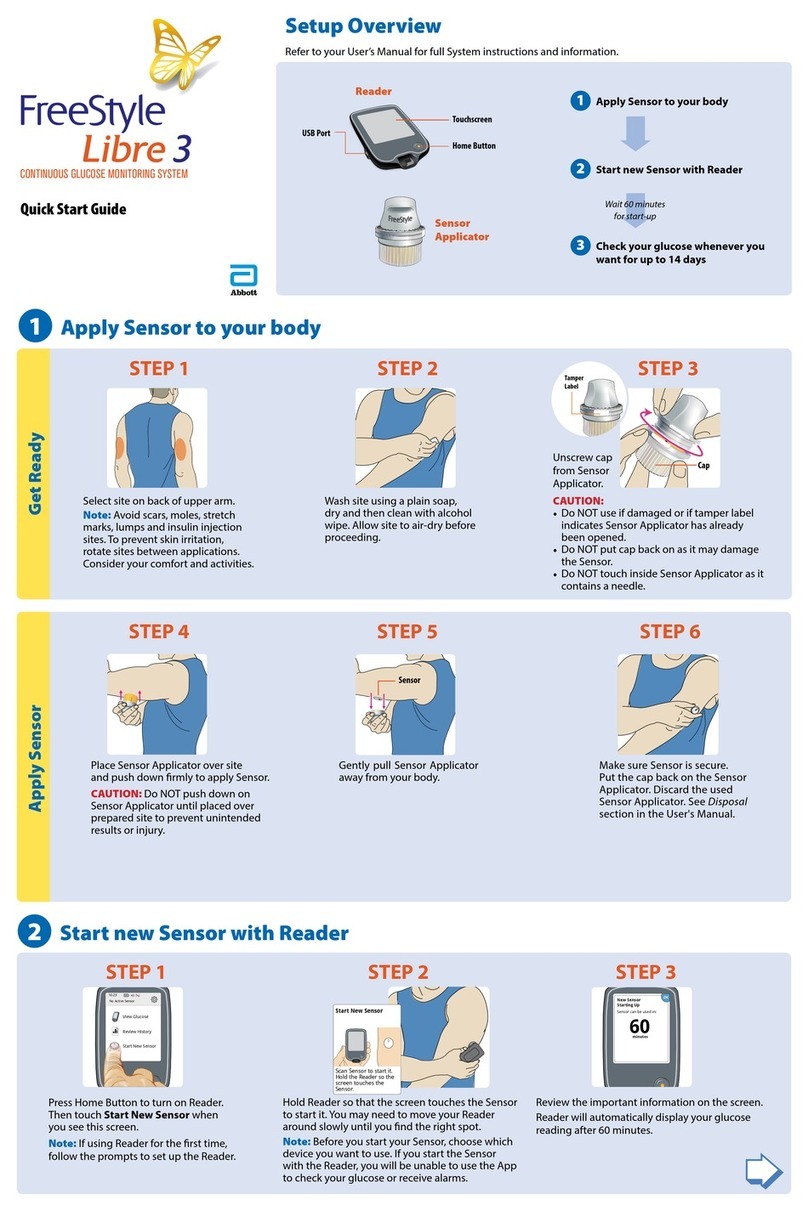
Abbott
Abbott FreeStyle Libre 3 User manual
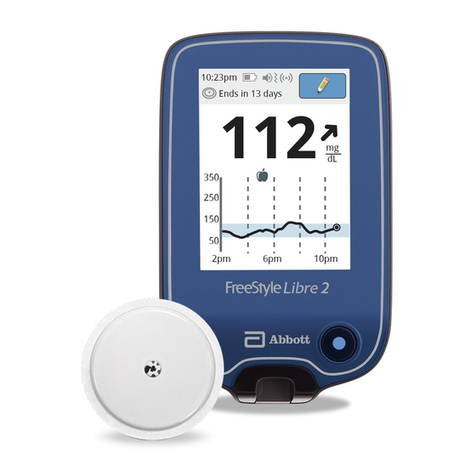
Abbott
Abbott FreeStyle Libre 2 User manual
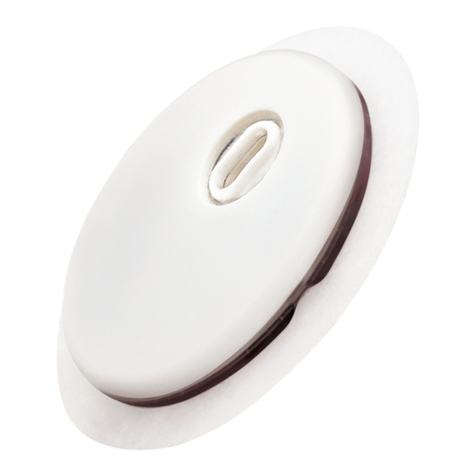
Abbott
Abbott FreeStyle Libre 3 User manual
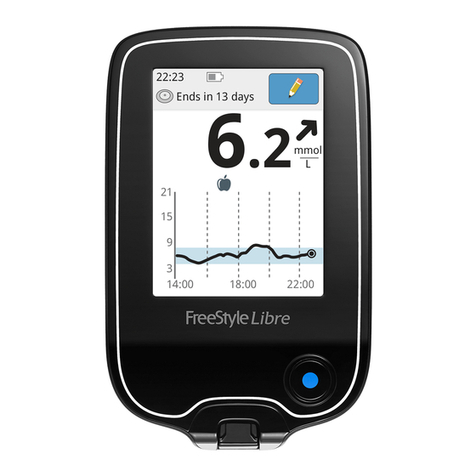
Abbott
Abbott FreeStyle Libre User manual

Abbott
Abbott FreeStyle Libre 2 Specification sheet

Abbott
Abbott FreeStyle Freedom Lite User manual

Abbott
Abbott FreeStyle Libre 2 User manual
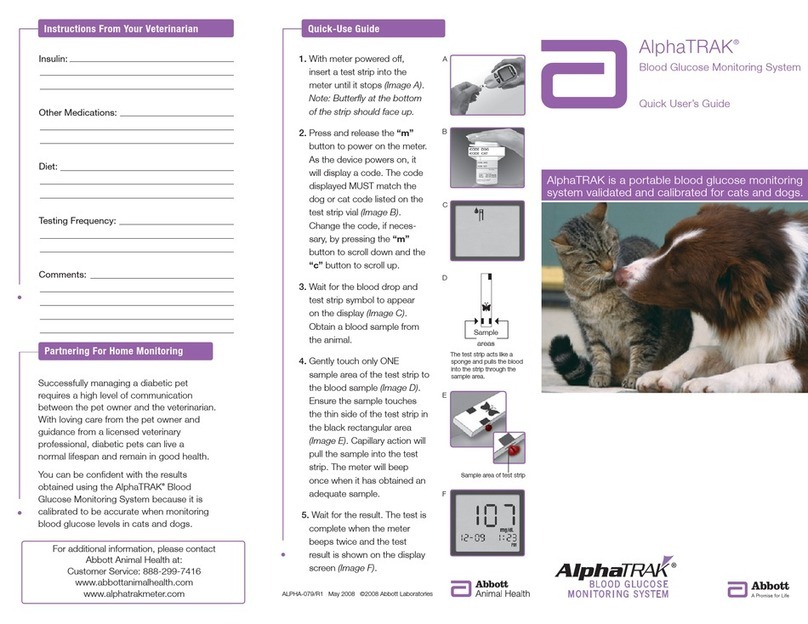
Abbott
Abbott AlphaTrak Instruction manual




